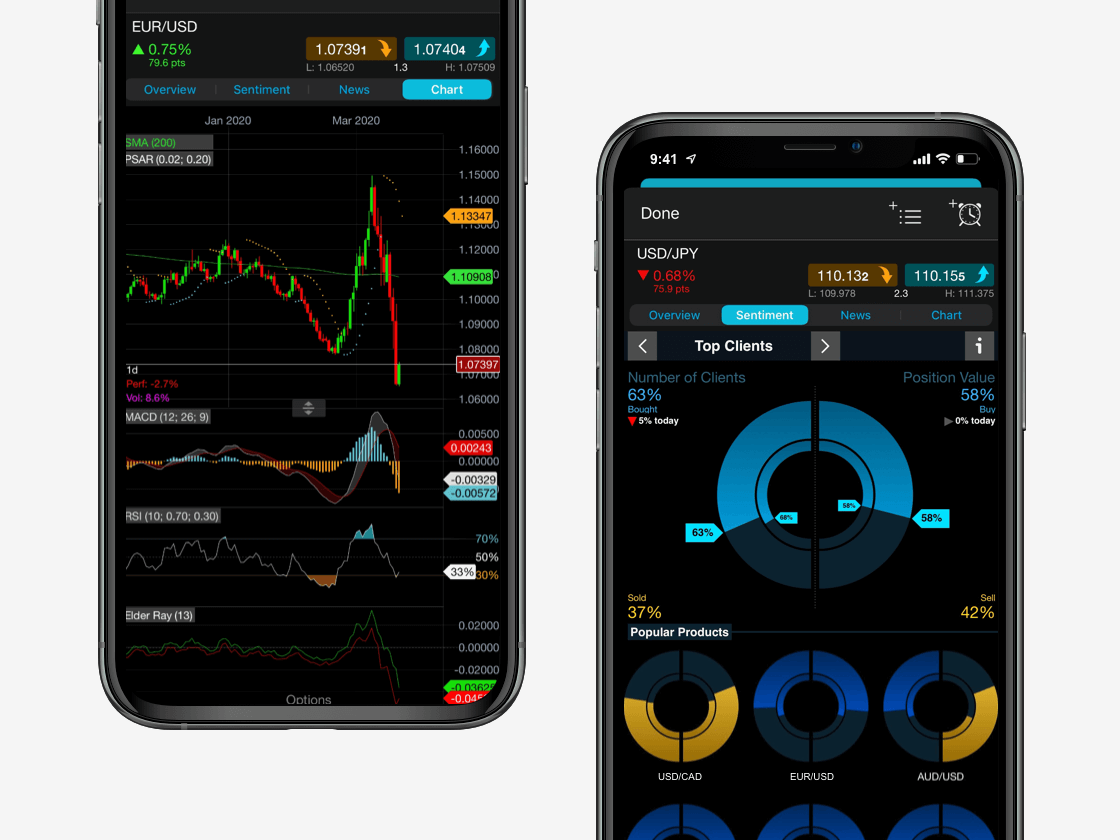Backtesting is the process of assessing how well a trading strategy or analytical method could perform, based on historical data. It is a key component in developing an effective trading strategy. There are infinite possibilities for strategies, and any slight alteration will change the results. This is why backtesting is important, as it shows whether certain parameters will work better than others.
To backtest, a trading strategy is required. At minimum, a trading strategy helps to define entry and exit points for both winning and losing trades, plus a position size. In addition, a trading strategy will often provide context, such as defining if and when trades should be taken. For example, only when the price is above or below a moving average, or during the first hour of the day.
Backtesting can be a simple or complex process, and traders may use either automated or manual testing. The former requires automated software that searches for trades that meet the strategy criteria, then adds up the winning and losing trades to show if the strategy was profitable over a specified amount of time. Manual backtesting refers to a process where traders analyse past trades based on their strategies, and then add up the results themselves.




